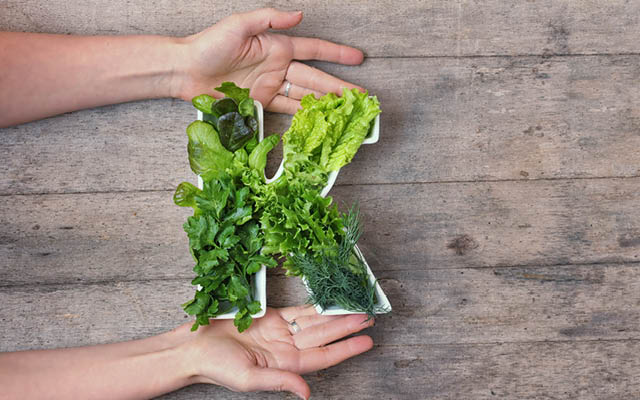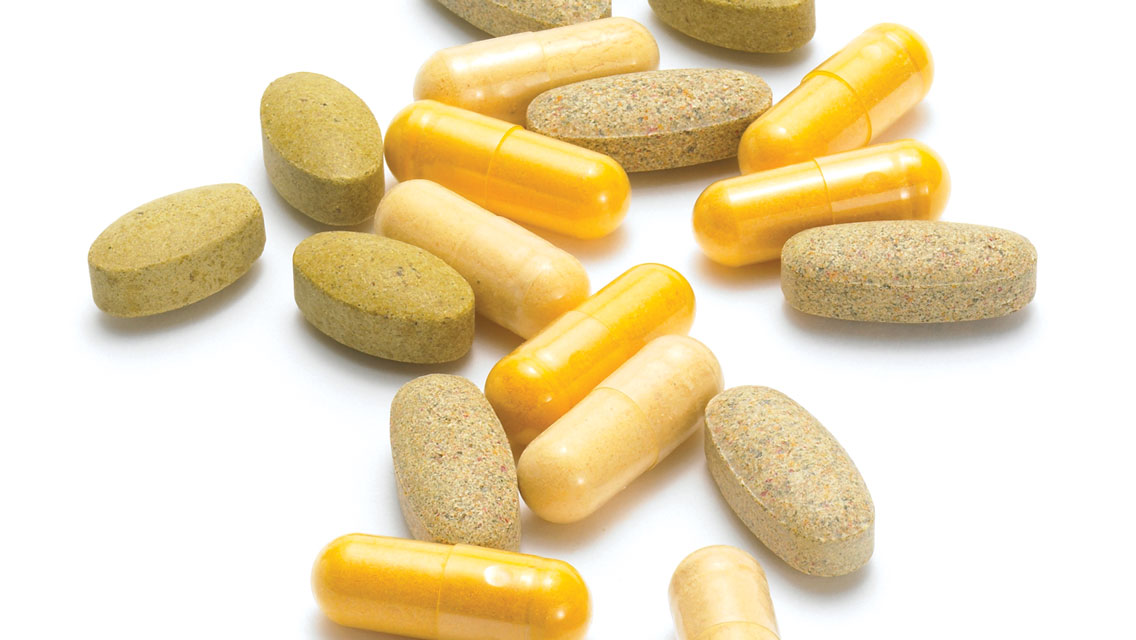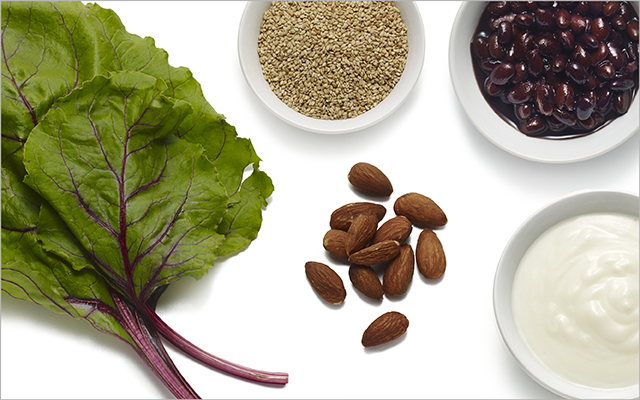It’s time to meet vitamin K, an unsung powerhouse of the vitamin world. Vitamin K has been shown to help strengthen bones and teeth, prevent kidney stones, improve insulin sensitivity, protect against cancer, and support heart health.
That’s the good news. The bad news? Not getting enough vitamin K is common, according to research. Thanks to its relatively low profile — especially compared with its headline-grabbing cousins, like vitamins C and D — vitamin K doesn’t rank high on many people’s lists of “must-have” nutrients.
“Most people probably aren’t getting enough vitamin K, specifically vitamin K2,” says Chris Masterjohn, PhD. “It’s an underappreciated vitamin that doesn’t get a lot of attention. Plus, it isn’t easy to turn up reliable information about how much and what kind to take.”
So, how much vitamin K do you need? And what are the best whole-food sources of vitamin K? Here’s a closer look at this often-overlooked vitamin.
What Are the Health Benefits of Vitamin K?
Vitamin K helps the body form blood clots, build strong bones, and maintain cavity-free teeth. Nutritionist Deanna Minich, PhD, author of The Rainbow Diet, says that studies “suggest that vitamin K is associated with better blood-sugar balance, and that getting enough vitamin K may help protect against cardiovascular disease.” Some research also suggests that getting enough vitamin K is linked with lower risk of death from cancer.
Here’s some of what experts know about how vitamin K benefits the body:
- Vitamin K is like Google Maps for calcium. Vitamin K tells calcium where to go in the body, both shooing it away from places where it could cause harm — the kidneys, for example, where calcium buildup can lead to kidney stones, and the blood vessels, where calcium can form plaque and contribute to hardening of the arteries — and also directing it to places where it can promote health, like our teeth (where it helps prevent cavities) and bones (where it fortifies and strengthens them). Simply put, says Masterjohn, “vitamin K directs calcium to all the right places, and helps it avoid the wrong ones.”
- Vitamin K and vitamin D may work better together. Emerging evidence, while limited, suggests that supplementing with vitamin D and vitamin K together might benefit heart health and bone health more than taking one or the other on its own. Specifically, studies suggest that vitamins D and K, taken together, may trigger positive changes in bones that help protect against bone diseases like osteoporosis. Other research suggests that taking the two in tandem may help slow the progression of calcium buildup in the arteries.
- Vitamin K supports balanced blood sugar. Research suggests that vitamin K may play a role in how well the body uses insulin, a hormone released by the pancreas whenever we eat sugar. “Getting enough vitamin K may help protect the body against diabetes,” says Minich. One 2012 study found that getting enough vitamin K through diet reduced the risk of developing diabetes. A 2015 study that looked at hundreds of men and women found that getting enough vitamin K was associated with a lower risk of metabolic syndrome. Both diabetes and metabolic syndrome are characterized by problems with insulin.
- Vitamin K may protect against some chronic conditions. Some studies suggest that vitamin K may have anti-inflammatory effects, and while very few intervention studies have been done on the connection between vitamin-K intake and cardiovascular disease, observational studies have linked vitamin-K deficiency with the development of cardiovascular disease.
What Is the Difference Between Vitamin K1 and Vitamin K2?
Vitamin K comes in two forms: vitamin K1 and vitamin K2. The richest whole-food source of K1 is leafy green vegetables. Vitamin K2 is found in animal products and most fermented foods. Both K1 and K2 benefit the body, but getting enough K2 through diet “might be especially important for getting the maximum health benefit,” says Masterjohn. That’s because vitamin K2 is better at traveling to the bones and blood vessels (where it helps protect against skeletal and cardiovascular problems) than K1, which tends to hang out in the liver. But that’s not an excuse to skip K1. Vitamin K1 does important work in the liver, where it plays a key role in helping the body with blood clotting.
What Are the Best Sources of Vitamin K?
The current United States guidelines recommend 90 mcg of vitamin K per day for women and 120 mcg for men. Some experts, including Masterjohn, recommend getting more: between 100 and 200 mcg day. Here are some specific foods that help build up the body’s store of vitamin K.
- Foods that feed the microbiome: Microbes in the gut synthesize vitamin K2, says clinical nutritionist Liz Lipski, PhD, so a great way to get vitamin K is to feed your gut flora the food it needs to produce more vitamin K. “Foods that are high in soluble fibers, also called prebiotics, feed the gut microbes. Eating fresh, cultured, and fermented vegetables, and fruits, nuts, seeds, and beans helps the body do this. Specific foods [to eat] include sauerkraut, kale, collards, carrots, broccoli, yogurt, and kefir.”
- Natto: Natto is a fermented soybean product that is popular as a breakfast food in Japan. It has one of the highest vitamin-K2 contents of any whole food. Natto has a rich umami flavor and, if you can get used to its unique texture, makes a great whole-food addition for anyone looking to boost vitamin K2. Adding 1.5 oz of natto to a meal will boost the vitamin K2 by between 60 to 70 mg.
- Hard and semihard cheese: If you eat dairy, hard cheeses can be a great way to incorporate more vitamin K into your diet. Hard cheeses rank second only to natto and goose-liver paste (foie gras) in vitamin K content. Semihard cheeses contain K2 as well. The Norwegian cheese Jarlsberg has the highest amount of K2 of any cheese — 4 ounces gets you about 90 mg of K2. Adding 4.5 ounces of Edam, a Dutch cheese, to a meal will bring the vitamin K2 content up by between 60 and 70 mg. Try to choose antibiotic- and hormone-free cheeses when possible.
- Pastured animal products: Soft cheeses, egg yolks, butter, chicken (dark), chicken liver, and ground beef also rank high in vitamin K2. Choose organic and pastured animal products when possible to avoid unnecessary exposure to environmental contaminants and to maximize the amount of healthy fats you get from your meal.
- Leafy greens: Green leafy vegetables are nature’s top source of vitamin K1 — and they are excellent for all-around health.




This Post Has One Comment
This is a good article on vitamin K. The section on the best sources of vitamin K was especially useful. I wonder if Jarlsberg Lite, which has about 50% less fat than Jarlsberg has the same amount of K2. You wrote, “The current United States guidelines recommend 90 mcg of vitamin K per day for women and 120 mcg for men.” That is the guideline for vitamin K1; there is no guideline for K2.